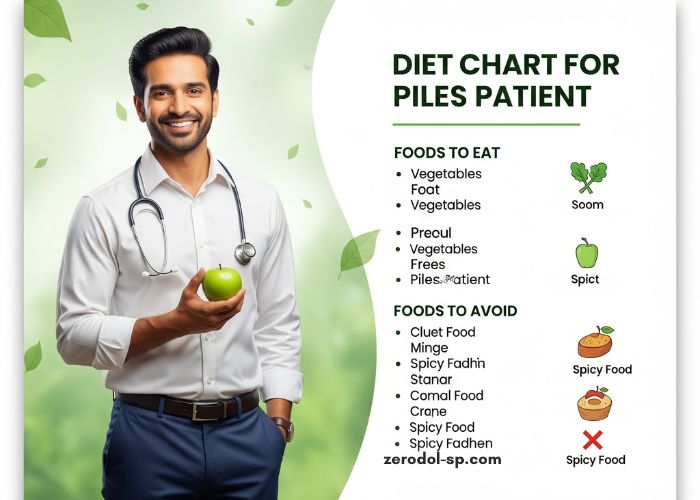In today’s fast-paced world, maintaining a healthy diet and balanced nutrition can often feel overwhelming. With countless diet fads, conflicting advice, and quick-fix promises, it’s easy to lose sight of what truly nourishes our bodies. This is where the concept of “The Power of Plates” comes into focus—a holistic approach to diet and nutrition that centers on mindful eating, balanced food groups, and overall well-being.
In this article, we explore how a balanced plate can transform your health, the principles behind a holistic diet, and practical tips to implement this powerful approach into your daily life.
What Does “The Power of Plates” Mean?
“The Power of Plates” is a simple yet profound concept that emphasizes the importance of what we put on our plates—not just the quantity but the quality, variety, and balance of nutrients. Instead of counting calories obsessively or restricting entire food groups, this approach focuses on creating a plate that fuels your body optimally.
This philosophy aligns closely with many dietary guidelines worldwide, including the USDA’s MyPlate and the Mediterranean diet, which encourage a balanced distribution of vegetables, fruits, whole grains, protein, and healthy fats.
Why Take a Holistic Approach to Diet & Nutrition?
A holistic approach means viewing nutrition not in isolation but as part of a larger picture involving physical, mental, and emotional health. Here’s why this approach is so powerful:
-
Nourishes Body and Mind: Food affects everything from energy levels to mood, immunity, and cognitive function.
-
Sustainable Health: Balanced eating patterns are easier to maintain long-term compared to restrictive diets.
-
Prevents Chronic Diseases: Proper nutrition reduces the risk of heart disease, diabetes, obesity, and other conditions.
-
Supports Lifestyle: Holistic nutrition considers lifestyle factors like stress, sleep, and activity to promote overall well-being.
Building Your Balanced Plate: Key Components
To harness the power of plates, it’s essential to understand the building blocks of a nutritious meal.
1. Vegetables and Fruits — The Foundation of Your Plate
Aim for half your plate to consist of a colorful variety of vegetables and fruits. These are packed with essential vitamins, minerals, antioxidants, and fiber, all crucial for digestion and disease prevention.
-
Tips: Choose seasonal produce, mix raw and cooked, and aim for diversity in colors and types.
2. Whole Grains — Energy Providers
About a quarter of your plate should include whole grains such as brown rice, quinoa, oats, or whole wheat. Whole grains provide complex carbohydrates that offer sustained energy and vital nutrients like B vitamins and fiber.
-
Tips: Replace refined grains with whole grains gradually to allow your digestive system to adjust.
3. Lean Proteins — The Body’s Building Blocks
The remaining quarter of your plate should focus on protein sources, including lean meats, poultry, fish, eggs, legumes, tofu, and nuts. Protein is essential for muscle repair, immune function, and hormone regulation.
-
Tips: Incorporate plant-based proteins frequently for heart health and environmental benefits.
4. Healthy Fats — Essential and Beneficial
Don’t shy away from fats! Healthy fats from olive oil, avocado, nuts, and fatty fish support brain health and hormone production.
-
Tips: Use oils in moderation and avoid trans fats or highly processed fats.
5. Hydration and Mindful Eating
Drink plenty of water throughout the day and practice mindful eating—pay attention to hunger and fullness cues and enjoy your meals without distractions.
Holistic Nutrition: Beyond the Plate
Nutrition is just one part of a healthy lifestyle. For a holistic approach, consider these interconnected factors:
Physical Activity
Regular exercise complements good nutrition by improving metabolism, mood, and cardiovascular health.
Sleep Quality
Adequate sleep helps regulate appetite hormones and supports recovery.
Stress Management
Chronic stress can affect digestion and food choices; mindfulness techniques, yoga, or hobbies can help.
Social Connection
Sharing meals with family and friends enhances enjoyment and emotional well-being.
Practical Tips to Embrace the Power of Plates
-
Plan Your Meals: Preparing meals ahead can help ensure balanced plates and reduce reliance on processed foods.
-
Portion Control: Use your hand as a guide — palm-sized portions of protein, fist-sized grains, and two fist-sized servings of fruits and veggies.
-
Limit Processed Foods: Minimize intake of sugary snacks, sodas, and fried foods.
-
Cook at Home More Often: Homemade meals give control over ingredients and portions.
-
Listen to Your Body: Eat when hungry, stop when satisfied.
-
Experiment and Enjoy: Try new vegetables, grains, and recipes to keep meals exciting.
Benefits of Adopting the Power of Plates Approach
-
Improved digestion and nutrient absorption
-
Increased energy and mental clarity
-
Better weight management without extreme dieting
-
Reduced risk of chronic diseases
-
Enhanced emotional and social health
FAQ — The Power of Plates: A Holistic Approach to Diet & Nutrition
Q1: Is counting calories necessary in this approach?
A1: While calorie awareness can be helpful, the power of plates approach emphasizes balanced nutrition and listening to your body over strict calorie counting, promoting sustainable healthy habits.
Q2: Can I still enjoy treats while following this approach?
A2: Absolutely! This approach supports moderation and mindful indulgence, allowing treats without guilt as part of a balanced diet.
Q3: How do I manage dietary restrictions or allergies with this model?
A3: The balanced plate concept is flexible. Replace foods that don’t suit you with alternatives that provide similar nutrients. For example, substitute dairy with fortified plant-based milk if lactose intolerant.
Q4: What if I’m vegetarian or vegan?
A4: Plant-based diets can easily fit into this model by focusing on legumes, tofu, nuts, seeds, whole grains, and a wide variety of fruits and vegetables to meet nutrient needs.
Q5: How can busy people implement this approach?
A5: Meal prepping, batch cooking, and using simple recipes help busy individuals maintain balanced plates without spending hours cooking every day.
Conclusion
The power of plates is a transformative concept that moves beyond dieting trends to embrace nutrition as a holistic, enjoyable, and sustainable part of life. By focusing on balanced food groups, mindful eating, and overall well-being, you empower yourself to achieve lasting health benefits physically and mentally. Embrace this approach and discover how the simple act of building a balanced plate can profoundly impact your life.





